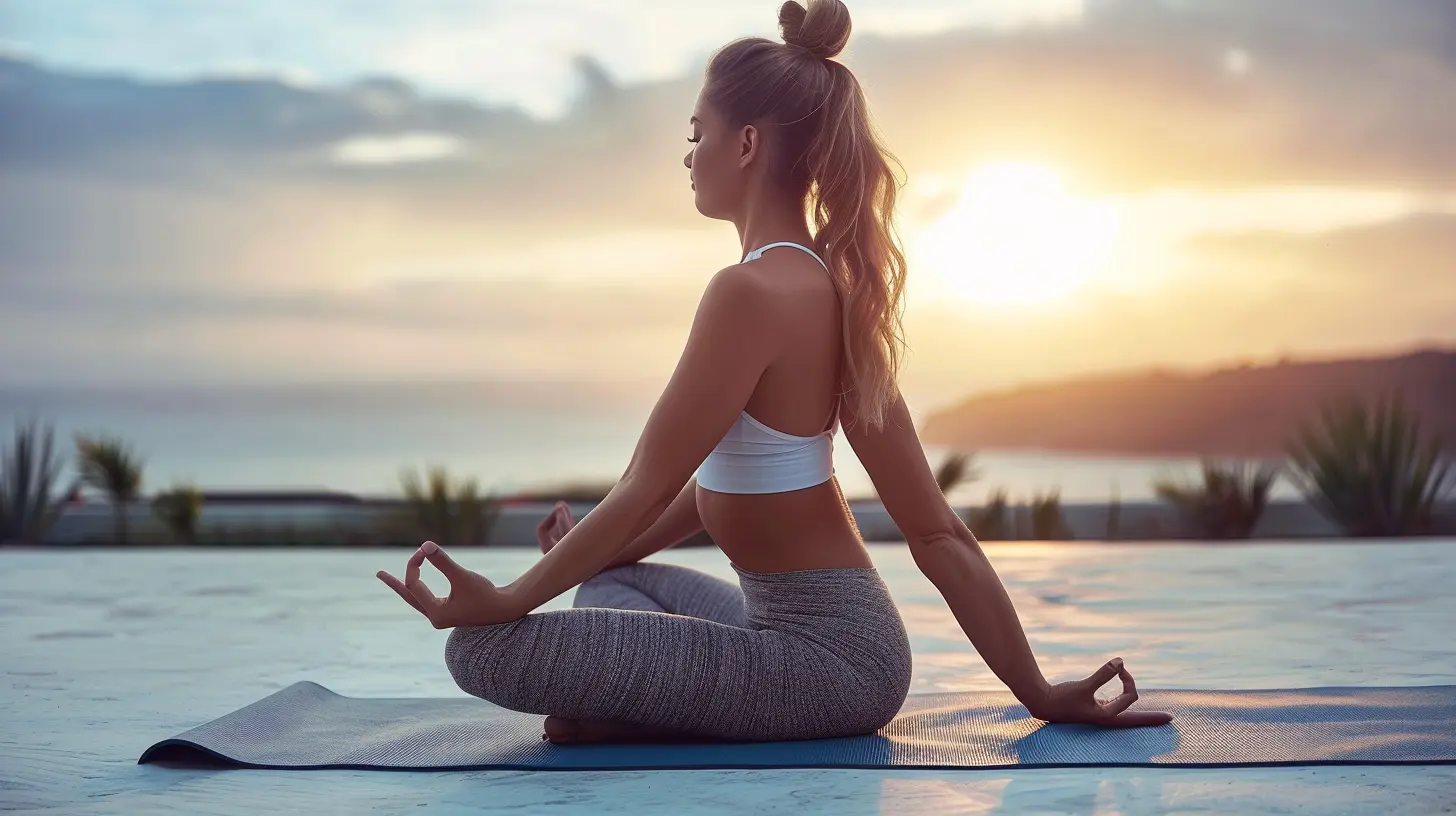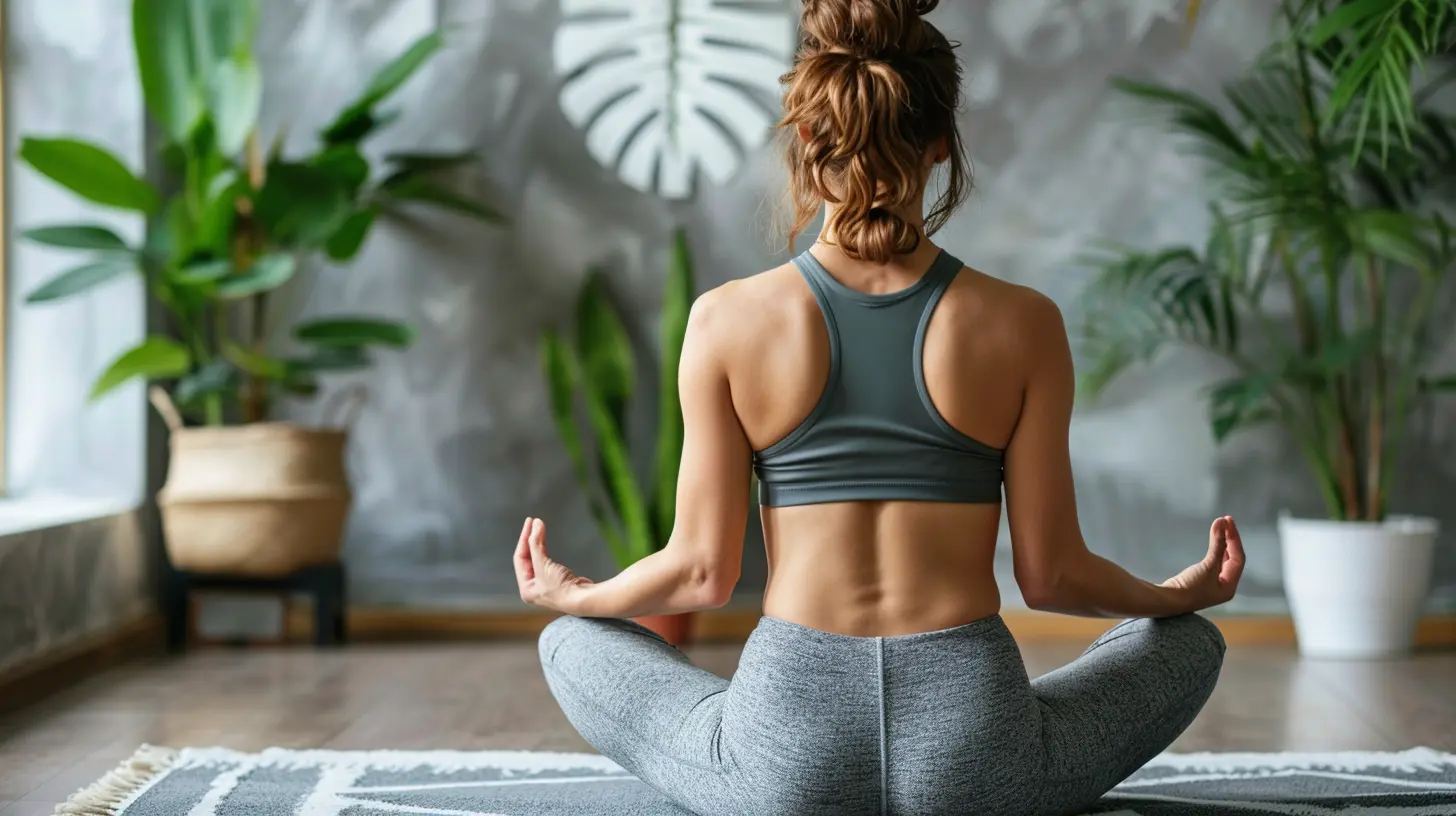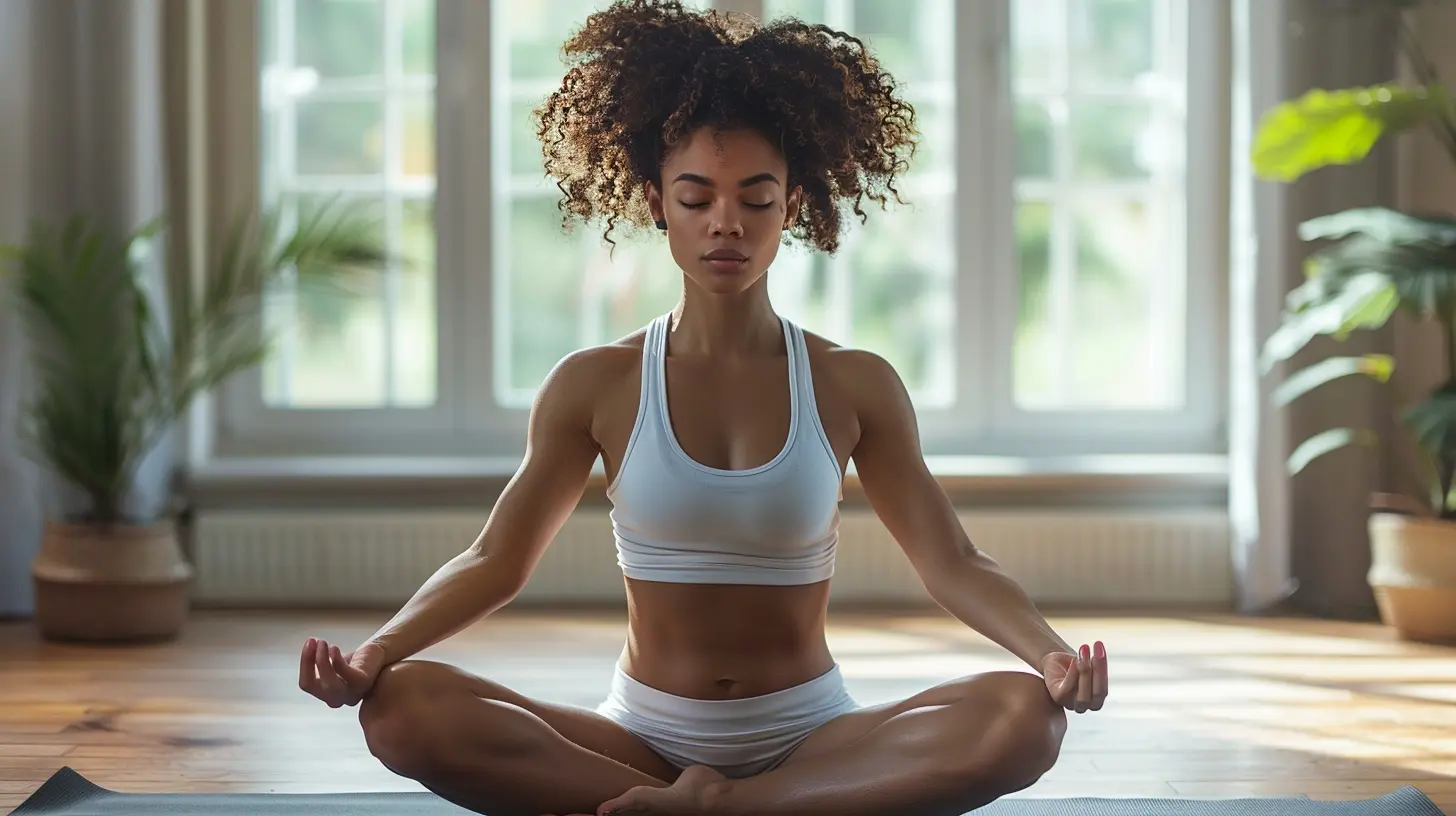How Yoga Improves Posture and Alleviates Back Pain
27 July 2025
Bad posture and nagging back pain—sound familiar? You're not alone. In today’s digital world, where we spend countless hours hunched over screens, our spines take a beating. The good news? Yoga can be a game-changer. Not only does it promote better posture, but it also helps relieve back pain in ways that painkillers never could.
Let’s dive into how striking a few poses can align your spine and free you from discomfort.

Why Is Posture So Important?
Posture is more than just standing tall to look confident. It affects your overall health in ways you might not realize:- Prevents chronic pain – Slouching can strain muscles and lead to long-term discomfort.
- Supports spinal health – Proper alignment reduces pressure on the spine.
- Boosts energy levels – A good posture ensures optimal oxygen flow, keeping you more energized.
- Enhances digestion – Slumping over compresses your stomach, making digestion sluggish.
Poor posture can cause unnecessary stress along your spine, but yoga can help correct these imbalances while strengthening your core.

How Does Bad Posture Lead to Back Pain?
Slouching, hunching, or sitting awkwardly for long periods fatigues the muscles in your back. Over time, these habits strain the spine, leading to stiffness, tension, and lower back pain.When you sit all day, your hip flexors tighten, your shoulders round forward, and your lower back takes on extra pressure. Before you know it, you're dealing with chronic discomfort.
The Role of Yoga in Fixing Poor Posture
Yoga focuses on stretching, strengthening, and aligning the body. The poses target muscles that support the spine, helping you stand taller and move with ease.By practicing consistently, you strengthen your core, open up tight areas, and develop better body awareness—key elements in maintaining a healthy posture.

The Best Yoga Poses for Improving Posture
Certain yoga postures do wonders in realigning the spine and keeping you upright. Here are some of the best ones:1. Mountain Pose (Tadasana)
This may look simple, but it lays the groundwork for better posture.How to do it:
- Stand tall with feet hip-width apart.
- Engage your core and tuck your tailbone slightly.
- Roll your shoulders back and lengthen your spine.
- Hold for 30 seconds while breathing deeply.
This pose trains your body to maintain proper alignment even when you're not on the mat.
2. Downward-Facing Dog (Adho Mukha Svanasana)
A staple in yoga, this pose stretches the spine, hamstrings, and shoulders.How to do it:
- Start in a high plank position.
- Lift your hips toward the ceiling, forming an upside-down "V."
- Keep your heels pressing toward the floor.
- Hold for 30 seconds while breathing deeply.
Regular practice of this pose strengthens back muscles and improves flexibility.
3. Cat-Cow Stretch (Marjaryasana-Bitilasana)
This gentle flow increases spinal mobility and releases built-up tension.How to do it:
- Start in a tabletop position with hands under shoulders and knees under hips.
- Inhale, arch your back, and lift your head (cow pose).
- Exhale, round your spine and tuck your chin (cat pose).
- Repeat for 10 rounds.
This is excellent for relieving stiffness caused by prolonged sitting.
4. Cobra Pose (Bhujangasana)
A great way to counteract slouching, Cobra Pose strengthens the lower back and opens up the chest.How to do it:
- Lie face down with hands under your shoulders.
- Press into your palms and lift your chest while keeping elbows slightly bent.
- Hold for 20-30 seconds.
Cobra Pose helps reverse the forward head posture that comes from staring at screens all day.
5. Child’s Pose (Balasana)
This resting pose gently stretches the spine and relieves tension.How to do it:
- Sit back on your heels with arms stretched forward.
- Rest your forehead on the mat and breathe deeply.
- Stay in this position for up to 1 minute.
It’s a perfect stretch after a long day of sitting at a desk.

How Yoga Alleviates Back Pain
Now that we’ve tackled posture, let’s discuss how yoga actively relieves back pain. The movements in yoga help in several ways:1. Strengthens Core Muscles
A weak core puts extra strain on the lower back. Yoga engages the core muscles, giving your spine the support it needs. With a strong core, you naturally stand and sit with better posture.2. Improves Flexibility
Tight muscles often contribute to back pain. Yoga stretches major muscle groups, especially the hips, hamstrings, and lower back, reducing stiffness and increasing mobility.3. Enhances Blood Circulation
Better circulation means more oxygen and nutrients reach your muscles, which speeds up healing and reduces discomfort.4. Reduces Stress and Tension
Tension and stress can manifest physically, creating tightness in the back. Yoga promotes relaxation, reducing this built-up tension and preventing further pain.Tips for Using Yoga to Maintain Good Posture and Pain-Free Living
Starting a yoga practice is one thing—sticking with it is another. Here are a few tips to make yoga a sustainable part of your routine:1. Be Consistent
Even 10-15 minutes daily can make a difference. The key is regular practice.2. Focus on Your Breath
Proper breathing enhances each stretch and helps release tension. Inhale deeply through your nose and exhale fully.3. Stay Mindful of Your Posture
Carry your yoga practice into daily life. Whether sitting or standing, keep your spine aligned, shoulders back, and core engaged.4. Listen to Your Body
Don’t push through pain. If a pose feels too intense, modify it or take a break.5. Combine Yoga with Other Healthy Habits
Good posture isn’t just about stretching—it’s also about movement. Avoid sitting for long periods, use ergonomic furniture, and take regular breaks to stand and stretch.
Final Thoughts
Yoga is one of the most effective ways to improve posture and relieve back pain naturally. Through targeted stretches and strengthening exercises, it retrains your body to sit, stand, and move in a way that supports spinal health.If you’re tired of back pain ruling your life, it’s time to roll out the yoga mat and start moving. With a little consistency, you’ll stand taller, feel better, and move with ease—pain-free.
all images in this post were generated using AI tools
Category:
YogaAuthor:

Madeline Howard
Discussion
rate this article
2 comments
Sienna Coleman
Yoga: because slouching is so last season and back pain is not a trend!
November 29, 2025 at 4:18 AM
Tempra Marks
Thank you for this insightful article! It's remarkable how yoga can enhance posture and provide relief from back pain, promoting overall health and well-being.
August 9, 2025 at 4:54 AM

Madeline Howard
Thank you for your kind words! I'm glad you found the article helpful in understanding yoga's benefits for posture and back pain relief.


